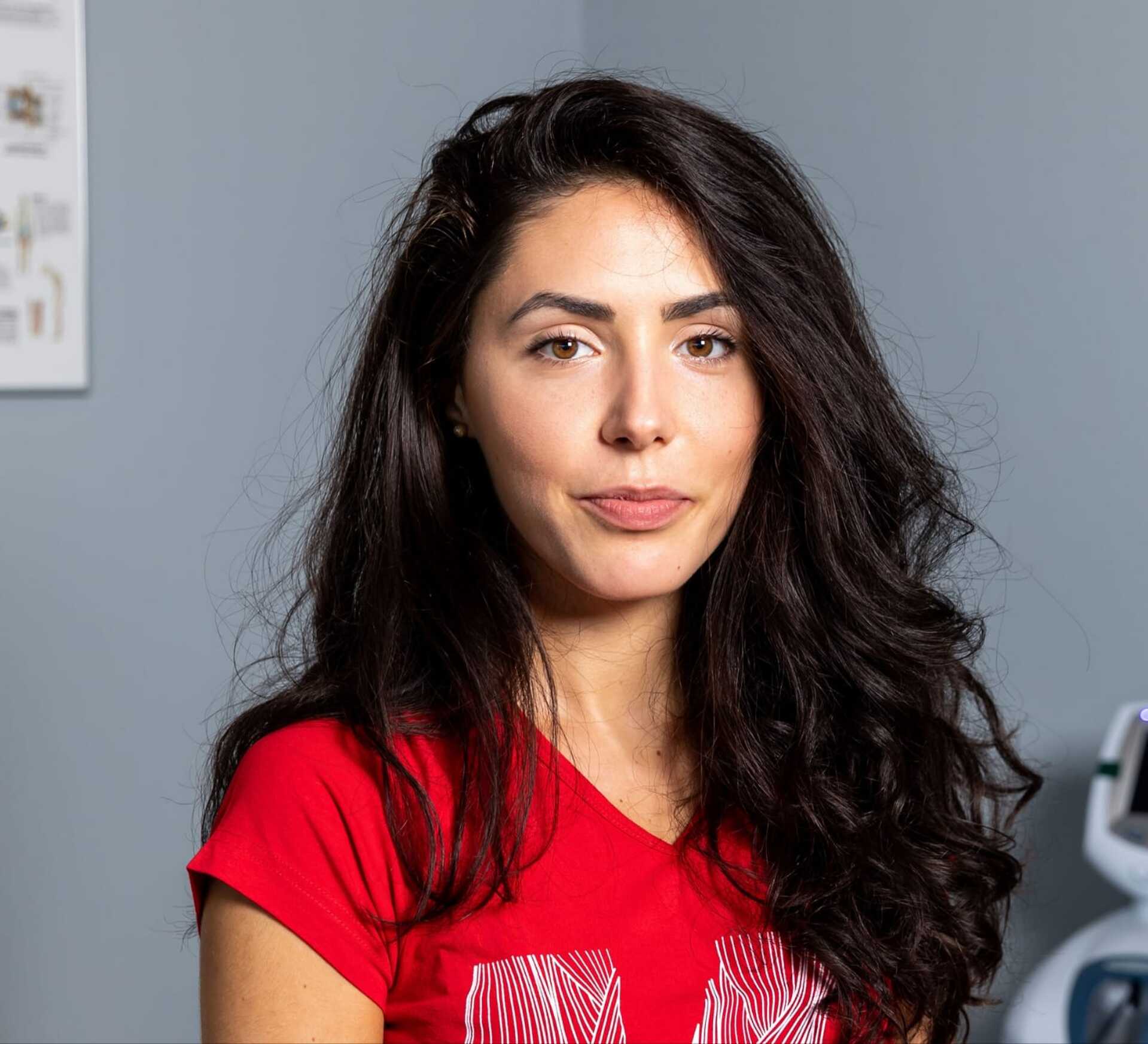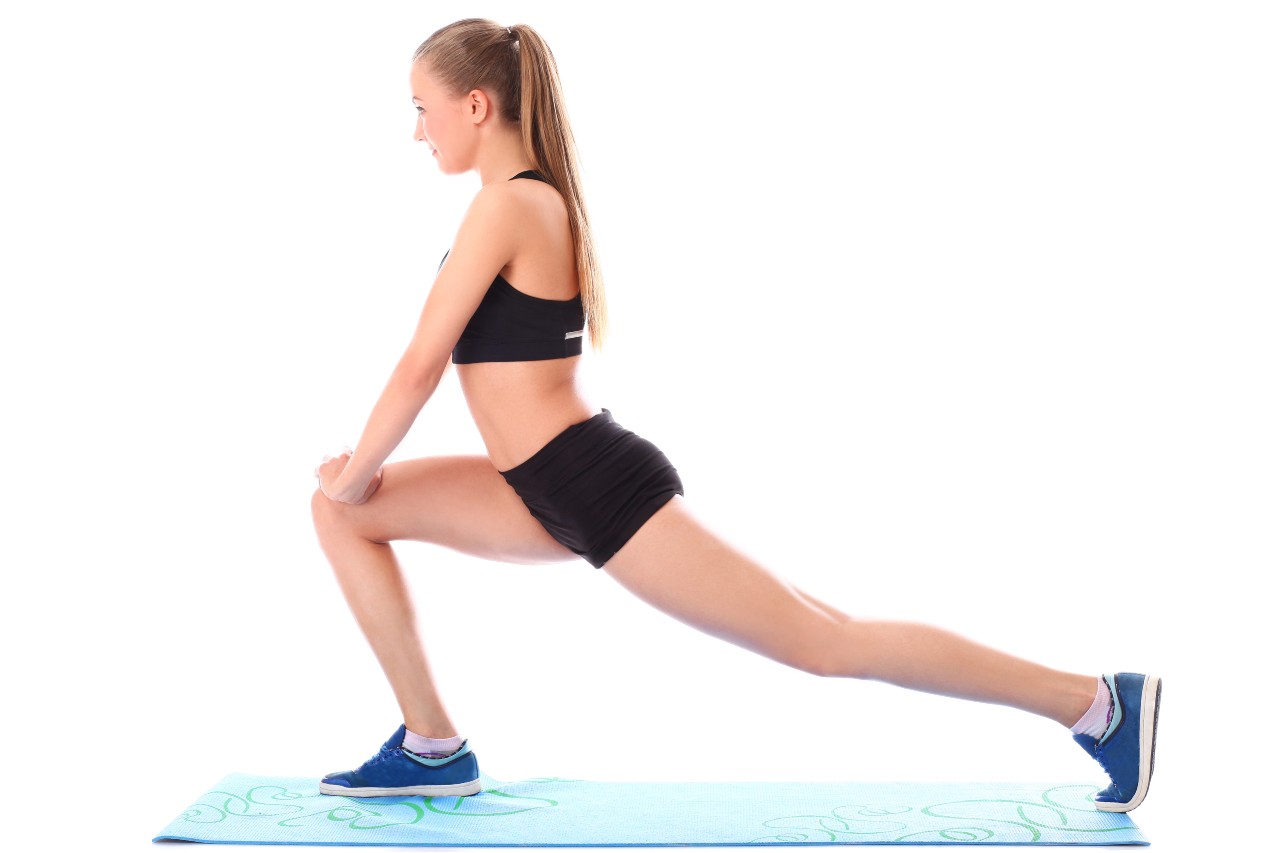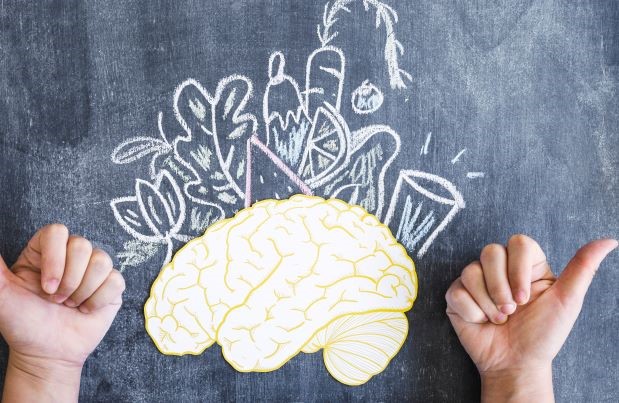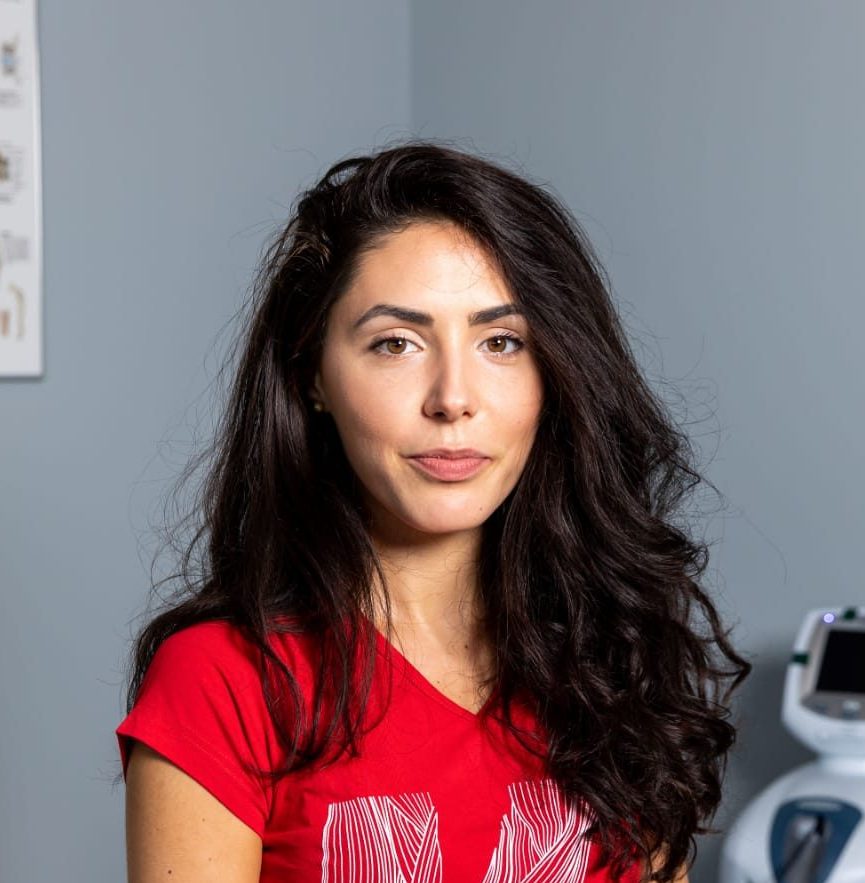Spinal problems affect more and more people. Recent studies indicate a constant evolution of the incidence in the population, being the second most common cause of pain felt in the body. From the experience accumulated over the years, we have found that an integrative vision is necessary in treating spinal problems. The following lines should be seen as additions to all medical and alternative approaches.
Pathologies do not appear by chance in a person, but they are the expression of broader processes that take place in each of us. When does a pathology appear and why? A pain says something, it appears as a solution to something that we need to heal within ourselves, at a deeper level. It is a last alternative of the body to signal a dysfunction, the one that best succeeds in determining us to pay attention to ourselves. Of course, having reached this stage, we want to heal, we look for a doctor, maybe we go to a physiotherapist or we consider other forms of healing.
Does only the doctor heal or does our involvement in the therapeutic process also play a role?
At this stage, it might be useful to observe ourselves and ask ourselves from what position we go to a specialist? Are we not looking for other people to save us, that is, to delegate the entire responsibility for healing to the specialist? We frequently forget that each of us is the one who knows himself best. Ideally, we should keep in mind the vision that I go to form a team with a specialist, to participate in my healing, knowing that the responsibility also lies with me…
Why do I say this? From my long practice as a physiotherapist, I have noticed that the results appear especially in patients with whom I form a therapeutic relationship, those who trust my therapeutic act. At the same time, positive results are predictable for those who do not consider themselves a victim and who do not blame the environment, their genetic baggage, work, relationships, etc.
This type of person assumes the vision that they create the environment, so they understand that the healing process is a work supported by specialists, but with the conscious involvement of the one who asks for help. Not necessarily positive thinking, but acceptance heals.
Towards an overall, integrative vision in understanding back conditions
Perhaps, a few or more of those of you reading these lines, have had such an experience with a specialist, so you will find yourself in what I am about to tell you. I was also in the situation where I went to a doctor with a situation that kept appearing in my life and, although I had treated it, it continued to appear. So, although I had followed the treatment and had made some changes in my life, I had reached a point where I was combining faith with medicine and psychology, in order to be able to identify the cause of my illness. One day I went to the doctor again, with the same condition and, on the way, I wondered why this was happening to me, even though I was exercising and eating healthy.
I then had a moment when I became aware of my position towards what was happening to me. And this sounded something like this: I deserve to suffer, I am a victim, I deserve nothing else. I felt a lot of fear at that moment and I subconsciously put my healing on the shoulders of my doctor, while I felt powerless in the face of everything that was happening to me.
Jacques Martel, the well-known therapist, trainer and speaker, is one of the pioneers in formulating a holistic, integrative vision of treating diseases, a vision currently shared by more and more people. His book – The Great Dictionary of Diseases and Afflictions –, from which I have extracted some ideas, can be a tool for understanding, investigation and transformation. The following passages are dedicated by Martel to the possible causes of spinal disorders.
“Health ends where disharmony begins, conflict with yourself and others, fear, distrust, guilt… The back represents the support and support of life. It is the part of the body that protects me. If I feel helpless, I “turn my back”. If I reach the limits of endurance, my back can no longer withstand and disorders appear. I am deeply wounded and unable to express my blocked emotions. The spine, like a pillar, represents the support, protection and situation in my life. It is my physical and internal pillar, without which I would collapse. It represents the fundamental and spiritual energy and gives me the freedom to move in the desired directions.
When deviations occur, they are related to the deep part of the entire energy system. During a blockage, physical pains appear that can signify feelings of helplessness, a weight too heavy to bear, an unsatisfied affective or emotional need, which makes me feel attacked in my integrity and resistance. I have the impression that I am the pillar, in the family or at work.
Muscles are a symbol of evolution and vitality. Muscle problems show that I feel helpless in the face of a situation, diminished physically, emotionally, intellectually.
Herniated disc: there is a conflict related to pressure. The pressure can come from myself, from others or from somewhere else. I take the responsibilities of others behind me, I have the impression that I am alone in life, I do not feel supported, I lack affection. My emotions are crushed in the body and force me to be rigid.
In the case of nervous irritation caused by the displacement of the intervertebral disc, this represents the situations that destabilize me. Inflammation represents the exaggerated reaction because I am annoyed in a situation”.
Towards a vision in which I put myself at the center of concerns regarding the prophylaxis and healing of the back
Next, I want to talk about how important it is how we think about our lifestyle and, implicitly, about our back. Over time, different hypotheses and information about what is good and what is not good have been circulated, in all fields, from medicine to nutrition and sports.
This information also came to us from people's desire to have "miracle" solutions, focused on minimum effort. And here I am referring, for example, to back support corsets, ergonomic office chairs, balls that replaced chairs or various creams and lotions. Also in the same category, ideas such as: it is "bad" for the back to lift weights, make sudden movements, make rotations, lean forward and even run.
Consequences: on the one hand, the fear of movement and, implicitly, of illness appeared and, on the other hand, the concept that we are fragile and that we can get injured very easily. In addition, each person has other beliefs, their own, about what their back is like, beliefs that they add to the collective ones. A question that each of us could ask ourselves has to do with what we believe about our own body: is it or is it not a strong, resilient structure that has the ability to heal itself?
Have you ever felt tense, strained or embarrassed by a backache while sitting right in your chair (the new culprit)? You may have been on vacation at that moment when you felt very relaxed, perhaps while waiting for your favorite food at a restaurant or when you were in very pleasant company. Was the office chair different from the one on the beach? Could it be that the emotional charge that comes with that office chair is the trigger? Something that we experience on a deep level and destabilizes our back, our being, weakens our resistance, so that we can no longer sit in the chair without our back hurting. The chair is just an object, however…
On the other hand, we all agree that lack of movement leads to lack of tone, energy, vital force, healing capacity, mobility, flexibility, action, resistance, mobilization. This type of information has been circulating for some time, so we now accept it easily.
If, say, I do a certain sport, what is the motivation behind the fact that I want to and do exercise? Is it a fear? Fear of illness? Is it a desire to be accepted? To fit into certain patterns? Other reasons could be… to look good until the next vacation, until a specific event, to fit into the clothes I want to wear, etc. These goals are not sustainable over time, because vacations and events pass, and there comes a point when I don't even want to wear those clothes anymore.
In conclusion: towards a simple and adapted model of back pain prevention!
In opposition to all these motivations, the basis of a real and lasting transformation could be different concepts and beliefs, which I can discover by observing myself. For example, I find a form of movement that I enjoy and make it part of me: I am the person who dances, I am the person who goes for a walk in the evening... We can integrate into this system of physical exercise whatever I feel (NOT just think) that can define me and can include in my life at this moment. Fortunately, we are going through a historical stage in which information is particularly accessible.
Another example: kinesitherapy – movement therapy: it can also be done prophylactically. You can sign up for a subscription with a specialist, have a session once a week, and during the rest of the week do the exercises learned at home.
On top of all these ideas, which I thought were important and useful to share with you, you should also know that healing, sometimes, is not just about what is written here or elsewhere. Healing should also be something personal, with each person knowing what is best for them.







